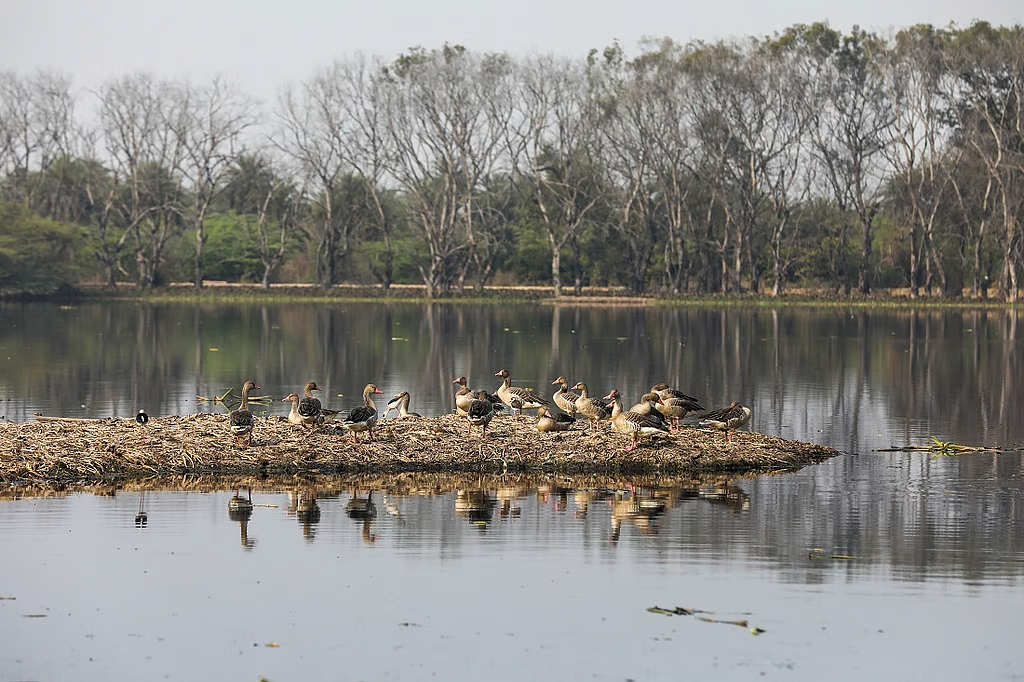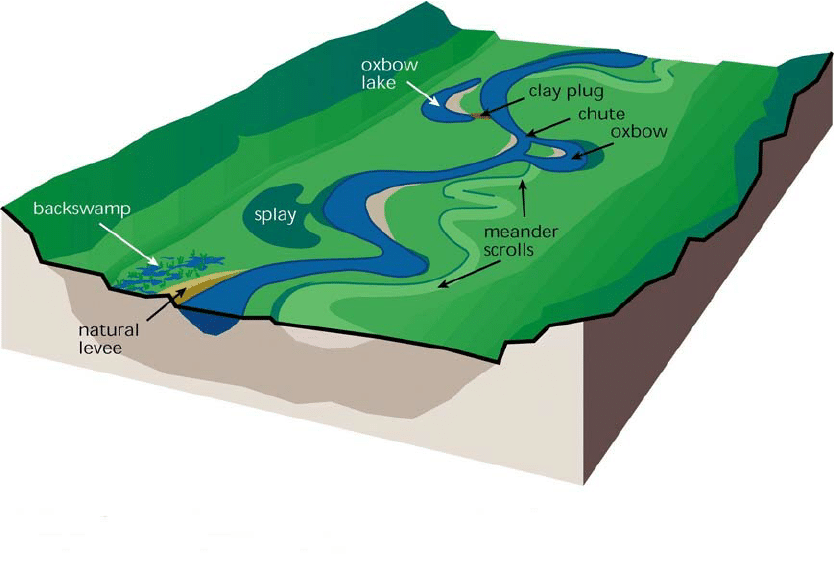Uttar Pradesh Switch to Hindi
Asteroid Discovery in Uttar Pradesh
Why in News?
Recently, National Aeronautics and Space Administration (NASA) has recognized Daksh Malik, a Class 9 student from Noida, for his provisional discovery of an asteroid, currently labeled as ‘2023 OG40.’
Key Points
- Participation in the International Asteroid Discovery Project (IADP):
- Along with two school friends, the student has actively participated in the IADP which introduced them to the International Astronomical Search Collaboration (IASC).
- The IASC, a NASA-affiliated citizen science initiative, enables global participation in asteroid discovery.
- It allows students and astronomy enthusiasts worldwide to analyze celestial data and contribute to scientific research.
- A Rare Achievement:
- Despite more than 6,000 participants joining the IADP annually, only a few successfully identify new asteroids.
- Before this discovery, only five students from the country had ever achieved a named asteroid discovery.
- Naming the Asteroid:
- This achievement also gives the privilege of naming the celestial body after its verification process, which may take around four to five years.
Asteroids
- Asteroids, also referred to as minor planets, are remnants from the early stages of our solar system's formation approximately 4.6 billion years ago.
- They predominantly exhibit irregular shapes, though some display nearly spherical forms.
- Many asteroids are accompanied by small moons, with some even having two moons.
- Additionally, binary asteroids consist of two similar-sized rocky bodies orbiting each other, and there are also triple asteroid systems.
Uttar Pradesh Switch to Hindi
Surajpur Wetland
Why in News?
The Greater Noida Authority has developed a project to safeguard and preserve the Surajpur wetland.
Key Points
- Threat from Polluted Wastewater:
- The wetland faces a serious threat due to the indiscriminate discharge of highly polluted wastewater into its channels, endangering its ecosystem.
- Need for Technical Assistance:
- According to the authority, research institutes, non-government organizations (NGOs), and environmental experts can provide technical support to protect and restore the wetland.
- Ecological Significance:
- Located in the heart of the industrial city of Greater Noida, the Surajpur wetland serves as a vital wildlife habitat, making its conservation crucial.
- Geographic Spread and Features:
- The sanctuary spans 325 hectares, including a 60-hectare natural lake situated along the Dadri-Surajpur-Chhalera (DSC) road, approximately 20 km from Noida.
- Haven for Migratory Birds:
- During the winter season, the wetland attracts various species of migratory birds, enhancing its ecological and environmental value.
Surajpur Wetland
- Location and Administrative Jurisdiction:
- The wetland is located near Surajpur Village in Dadri Tehsil of Gautam Budh Nagar district.
- It falls under the jurisdiction of the Greater Noida Industrial Development Authority, Uttar Pradesh.
- Urban Wetland in the Yamuna Basin:
- The wetland serves as an excellent example of an urban wetland within the Yamuna River basin.
- Ecological Importance and Green Cover:
- It acts as a green lung for Greater Noida, covering a catchment area of 308 hectares, with 60 hectares dedicated to the waterbody.
- Recognition as an Important Bird Area (IBA):
- BirdLife International has classified the wetland as an Important Bird Area (IBA) due to its significance in bird conservation.
- Breeding and Wintering Habitat for Waterfowl:
- The wetland provides a breeding ground for waterfowl such as Spot-billed Duck, Lesser-whistling Duck, Cotton Pygmy Goose, and Comb Duck.
- It also supports wintering waterfowl, including Red-crested Pochard, Ferruginous Pochard, Bar-headed Goose, Greylag Goose, Common Teal, Northern Shoveler, and Gadwall.
- Diverse Wildlife Presence:
- In addition to a rich bird population, the wetland sustains six mammal species, including Nilgai, Indian Grey Mongoose, Indian Hare, Golden Jackal, and Five-striped Squirrel.
- Environmental Threats:
- The wetland faces significant threats due to the indiscriminate discharge of highly polluted wastewater into its channels, posing risks to its ecosystem.
Uttar Pradesh Switch to Hindi
World Wetland Day 2025
Why in News?
The Union Ministry of Environment, Forest and Climate Change (MoEFCC) organised the World Wetlands Day 2025 celebrations at the Parvati Arga Ramsar Site, Gonda, Uttar Pradesh (UP) on 2nd February 2025.
Key Points
- About:
- It is observed annually to raise awareness about the importance of wetlands and marks the adoption of the Ramsar Convention on Wetlands in 1971 in Ramsar, Iran.
- Theme for 2025: Protecting Wetlands for our Common Future.
- New Corridor:
- The government announced a new nature-culture tourism corridor will be developed between Ayodhya and Devi Patan in UP.
- Amrit Dharohar Initiative:
- Amrit Dharohar was launched in June 2023 to conserve Ramsar Sites that focuses on four key components i.e., Species and Habitat Conservation, Nature Tourism, Wetlands Livelihood and Wetlands Carbon.
- Threat:
- The biggest threat to wetlands is pollution from industrial and human effluents, which degrade these ecosystems.
Parvati Arga Ramsar Site
- About: It is a permanent freshwater environment, consisting of two oxbow lakes i.e., Parvati and Arga, which are rain-fed and located in the terai region (Gangetic plains).
- The nearby Tikri Forest is also being developed as an eco-tourism site.
- Oxbow lakes are U-shaped lakes formed when a meander of a river is cut off, creating a standalone water body.
- Ecological Significance: It is a refuge for critically endangered white-rumped vulture, Indian vulture, and endangered Egyptian vulture.
- Migratory birds like Eurasian coots, mallards, greylag geese, northern pintails, and red-crested pochards visit the site in the winter months.
- Invasive Species: It faces threats from invasive species, notably the common water hyacinth.
- Cultural Landmarks: The region is home to cultural landmarks such as the birthplaces of Maharishi Patanjali and Goswami Tulsidas, boosting religious and cultural tourism.






.png)
.png)

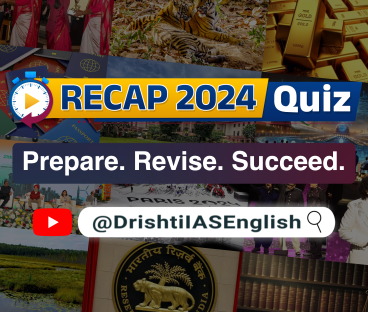










.jpg)
.jpg)

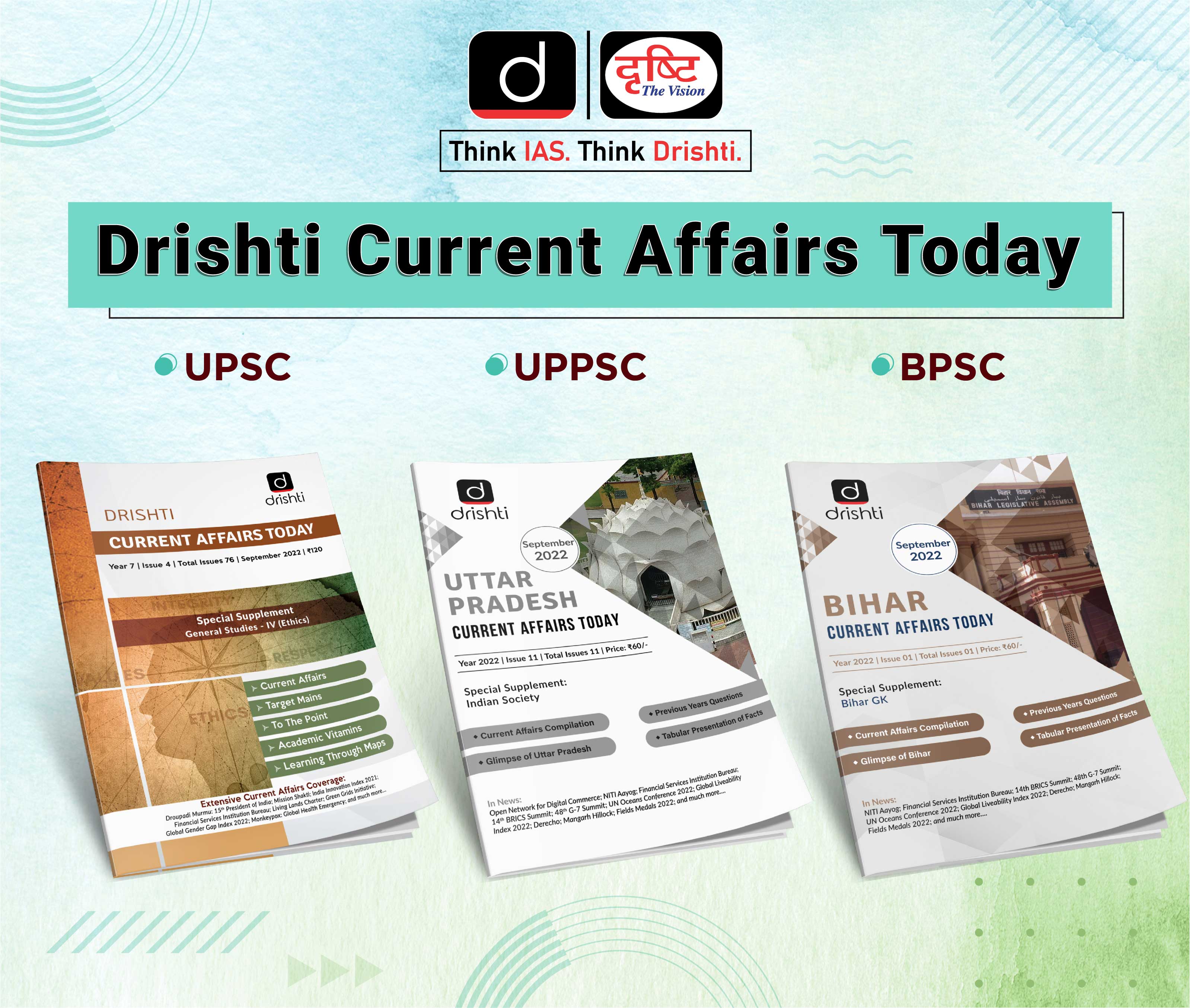

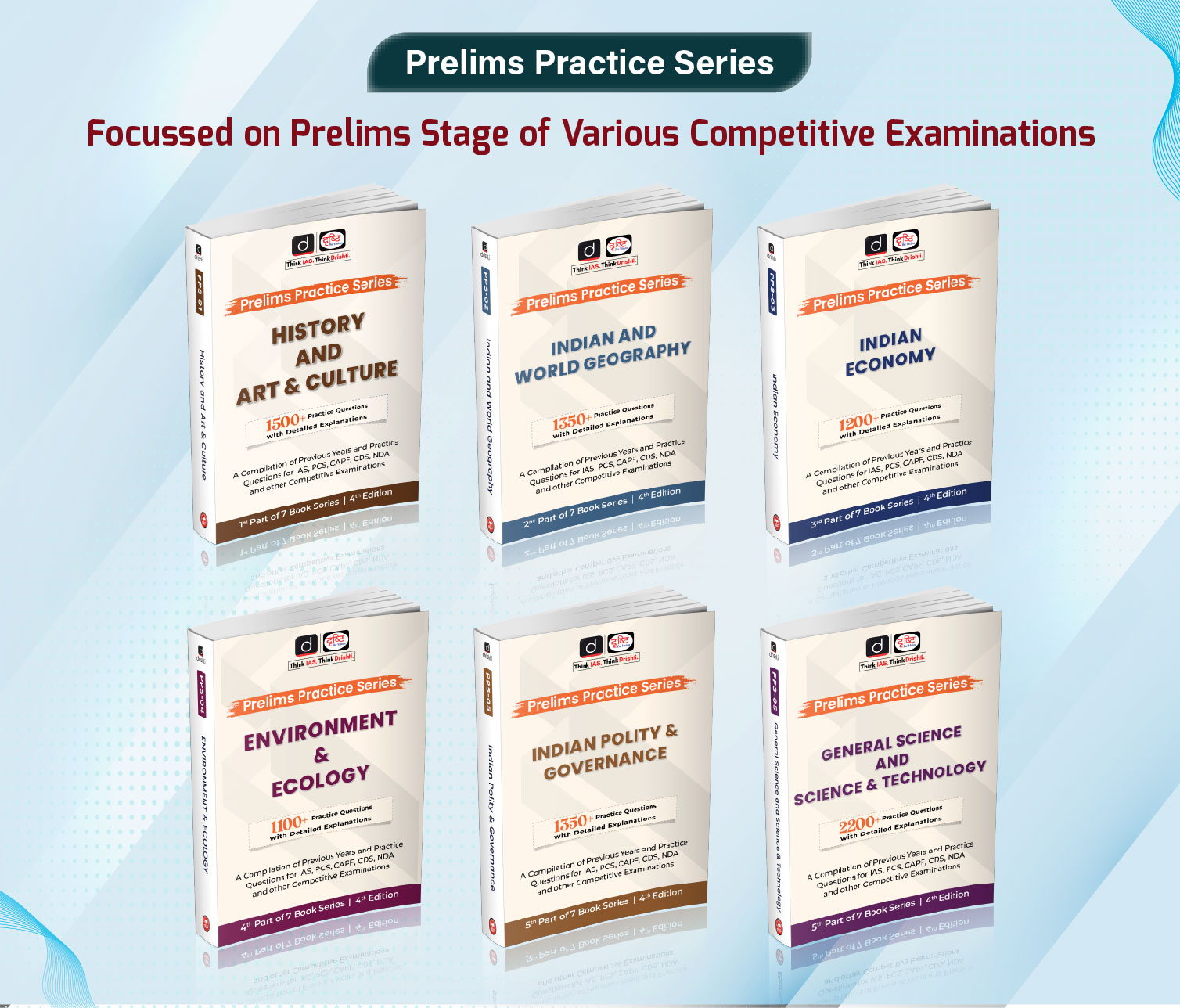

 PCS Parikshan
PCS Parikshan